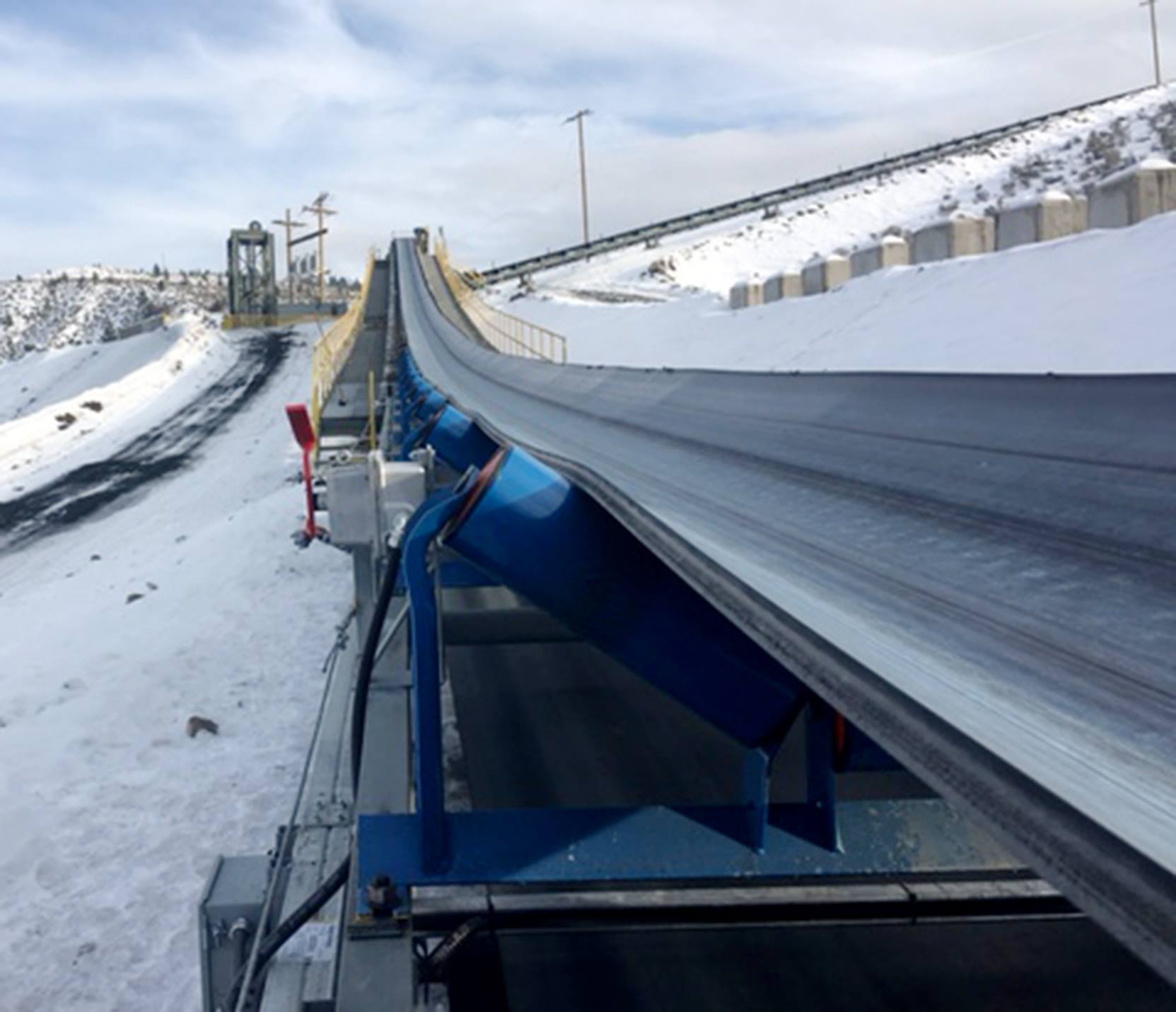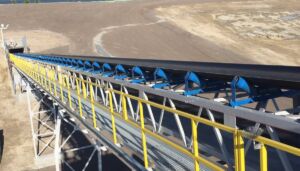Conveyor belts and their components play a vital role in the smooth operation of various industries, from manufacturing to logistics. However, like any type of equipment and machinery, conveyor belts and components do wear down – especially for industries that rely on conveyors daily.
To ensure optimal efficiency and minimize downtime, it’s essential to maintain and extend the lifespan of conveyor systems. By implementing proactive maintenance practices and finding the right conveyor solution, you can significantly increase the longevity of your conveyor belt and its components, resulting in improved productivity and cost savings.
As one of the leading conveyor components manufacturers in North America, Luff Industries has been helping various industries find solutions to their constraints that extend the life of their conveyor systems. In this article, we will explore some key maintenance tips that will help increase the longevity of your conveyor belt and components.
How to Maximize the Lifespan of Your Conveyor System
- Regular Inspection – Performing routine inspections is fundamental to identifying potential issues before they escalate into major problems. Regularly examine the conveyor belt for signs of wear, such as cracks, fraying, or uneven tension. Check the belt tracking and ensure it is properly aligned. Inspect rollers, pulleys, and bearings for damage, misalignment, or excessive noise. By catching these issues early on, you can address them promptly and prevent further damage.
- Cleanliness & Lubrication – Maintaining a clean conveyor system is vital for its longevity. Remove any debris, dust, or spillage that may accumulate on the belt or components. This prevents material build-up, which can lead to increased friction and premature wear.
Additionally, ensure proper lubrication of bearings, pulleys, and other moving parts according to the manufacturer’s recommendations. Adequate lubrication minimizes friction, reduces heat generation, and extends the lifespan of these components.
Consider adding special accessories designed to keep your conveyor system running smoothly, for example, Luff’s High Moisture Seal polymer disc. This specialized polymer disc is engineered and designed by Luff Industries to remain stationary within the end cap while the roller rotates around it. This unique design enables the roller to rotate smoothly, even when there is material accumulation between the roller end and the idler frame. These rollers, equipped with the High Moisture Seal, are an ideal choice for environments with high humidity and excessive moisture. - Proper Belt Tension – Maintaining the appropriate tension in the conveyor belt is crucial. Too much tension can strain the belt and cause premature wear, while insufficient tension can result in slippage and belt tracking issues. Regularly check the tension and adjust it as necessary. Consult the manufacturer’s guidelines to determine the correct tension for your specific conveyor system, or contact us at Luff Industries to help you find a solution.
- Train Employees – Conveyor system operators and maintenance staff should receive proper training on the equipment’s operation and maintenance procedures. Educate employees about the importance of routine inspections, cleaning, and lubrication. Encourage them to report any abnormalities promptly to prevent further damage. Well-trained personnel can help identify and address maintenance issues early on, contributing to the longevity of the conveyor system.
- Implement Preventive Maintenance – Create a comprehensive preventive maintenance program for your conveyor system. This should include regular maintenance tasks, such as belt cleaning, lubrication, tension checks, and component inspections. Develop a schedule and assign responsibilities to ensure these tasks are carried out consistently. By adhering to a preventive maintenance routine, you can identify and resolve potential issues proactively, minimizing downtime and extending the life of your conveyor belt and components.
- Replace Worn or Damaged Parts – When conducting inspections, be vigilant in identifying worn or damaged components. Promptly replace any parts showing signs of excessive wear, cracks, or other damage. Waiting too long to replace worn components can lead to more significant problems, such as belt slippage or system breakdown. Maintain an inventory of spare parts to ensure quick replacements when needed.
Final Thoughts
Extending the life of your conveyor belt and components requires a proactive approach to maintenance. Regular inspections, cleanliness, proper tension, lubrication, employee training, and preventive maintenance are all essential aspects of prolonging the lifespan of your conveyor system.
By implementing these practices, you can reduce downtime, increase productivity, and achieve significant cost savings in the long run. Remember, a well-maintained conveyor system is an investment that pays dividends in operational efficiency and reliability.




